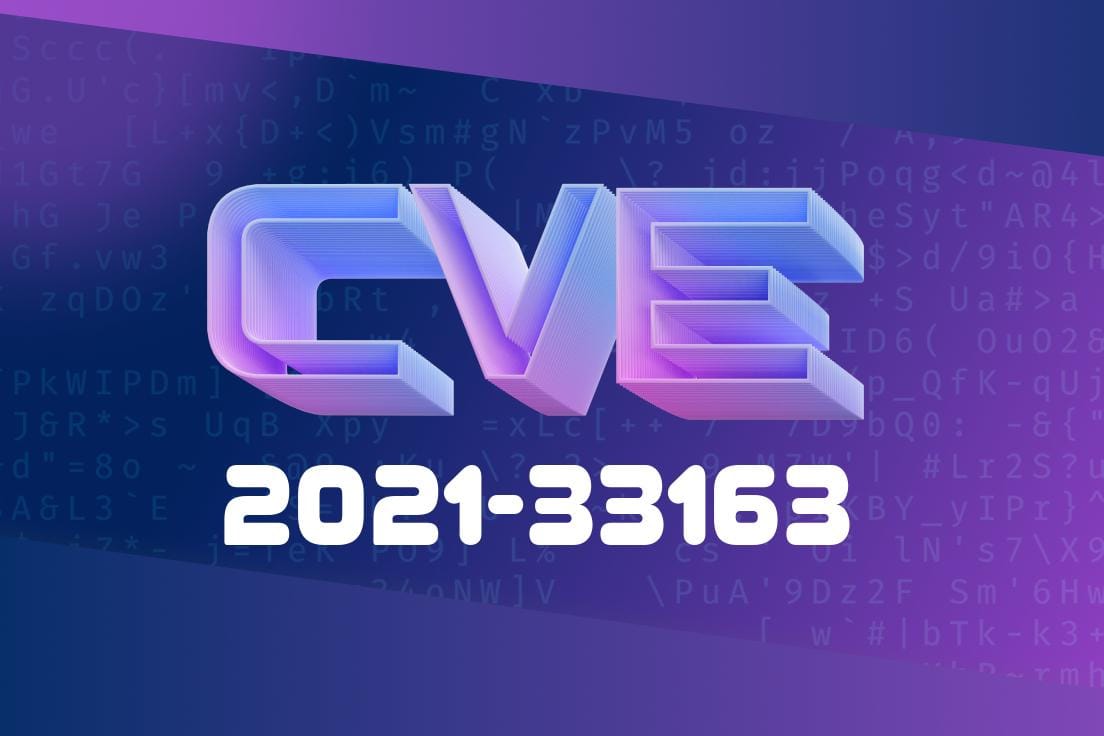---
CVE IDs (Common Vulnerabilities and Exposures) are used by security researchers, developers, and organizations to track known vulnerabilities in software. However, not every CVE ends up being valid or results in a cyber security threat. Some get rejected for various reasons. In this article, we’ll take an exclusive look at CVE-2021-33163, explain why it was rejected, and show you the behind-the-scenes of CVE handling.
What is CVE-2021-33163?
CVE-2021-33163 is an official identifier reserved by the CVE program for a potential vulnerability, but it ends up being labeled as REJECTED. If you search the NVD entry, you’ll see:
> "REJECTED Reason: This candidate was withdrawn by its requester. Further investigation showed that it was not a valid issue. This is unused."
In short, this means that while someone thought they found a security issue, later on, enough evidence was provided showing there was actually no real vulnerability.
CVEs can be rejected for multiple reasons
- False Positives: Someone reported a bug they thought was a security vulnerability, but it wasn’t.
- Duplicate Reports: The same issue is given different CVE IDs, so one is kept, and others are rejected.
What Was (Not) Reported for CVE-2021-33163?
Unlike fully disclosed vulnerabilities with accompanying technical details or PoC exploits, CVE-2021-33163 has no public exploit or even a description of a specific bug. The label "This is unused" usually means it was assigned in error. Not every CVE gets this much non-action; sometimes rejected IDs can result from early reporting processes in open-source or vendor bug trackers.
Here’s what you see in the MITRE CVE listing:
CVE-2021-33163 has been marked as REJECT because:
This is unused.
If we look for code or official advisories, there is none. No code. No affected products. Nothing happened!
A Behind-The-Scenes Look: How Are CVEs Assigned and Rejected?
1. Reporting: Someone thinks they found a vulnerability and requests a CVE ID (sometimes it's automated for big projects).
2. Investigation: Security teams (project maintainers, security analysts, etc.) investigate if the bug is real and qualifies as a vulnerability.
3. Rejection: If it’s not valid, the CVE Numbering Authority (CNA) will mark it as REJECTED—like in the case of CVE-2021-33163.
Here is a typical CVE rejection marker in a security advisory
CVE: CVE-2021-33163
State: REJECTED
Reason: This candidate was withdrawn by its requester. Further investigation showed that it was not a valid issue. This is unused.
Even when there’s “no news,” there are lessons
- Importance of Verification: Not every report is a real vulnerability. Verification helps reduce noise and panic.
Transparency: Marking CVEs as rejected keeps the community informed and avoids confusion.
- Keeping CVEs Clean: It’s better to reject a CVE than to have people frantically searching for a vulnerability that doesn’t exist!
Should You Do Anything About CVE-2021-33163?
No. There is no bug, no exploit, and nothing to patch. You can safely ignore any alerts mentioning CVE-2021-33163.
References
- NVD Entry for CVE-2021-33163
- MITRE CVE List
- How a CVE Gets Rejected – Official MITRE Guidance
Final Word
CVE-2021-33163 is a reminder that not all threats are real, and that the world of vulnerability tracking involves a lot of careful review and, sometimes, simple errors that get corrected. Stay safe, and trust the process!
Timeline
Published on: 02/23/2024 21:15:09 UTC
Last modified on: 09/04/2025 00:40:36 UTC
